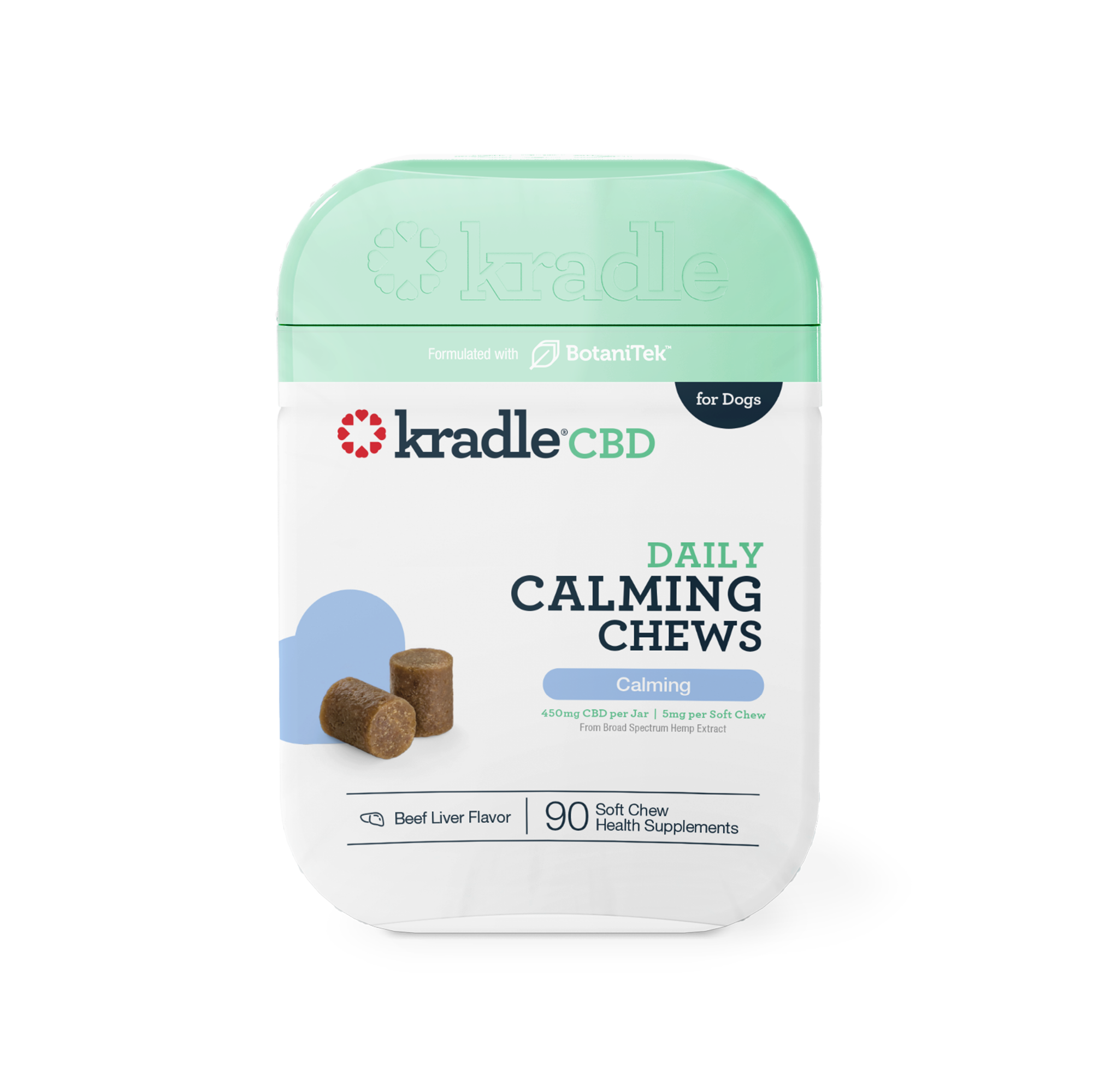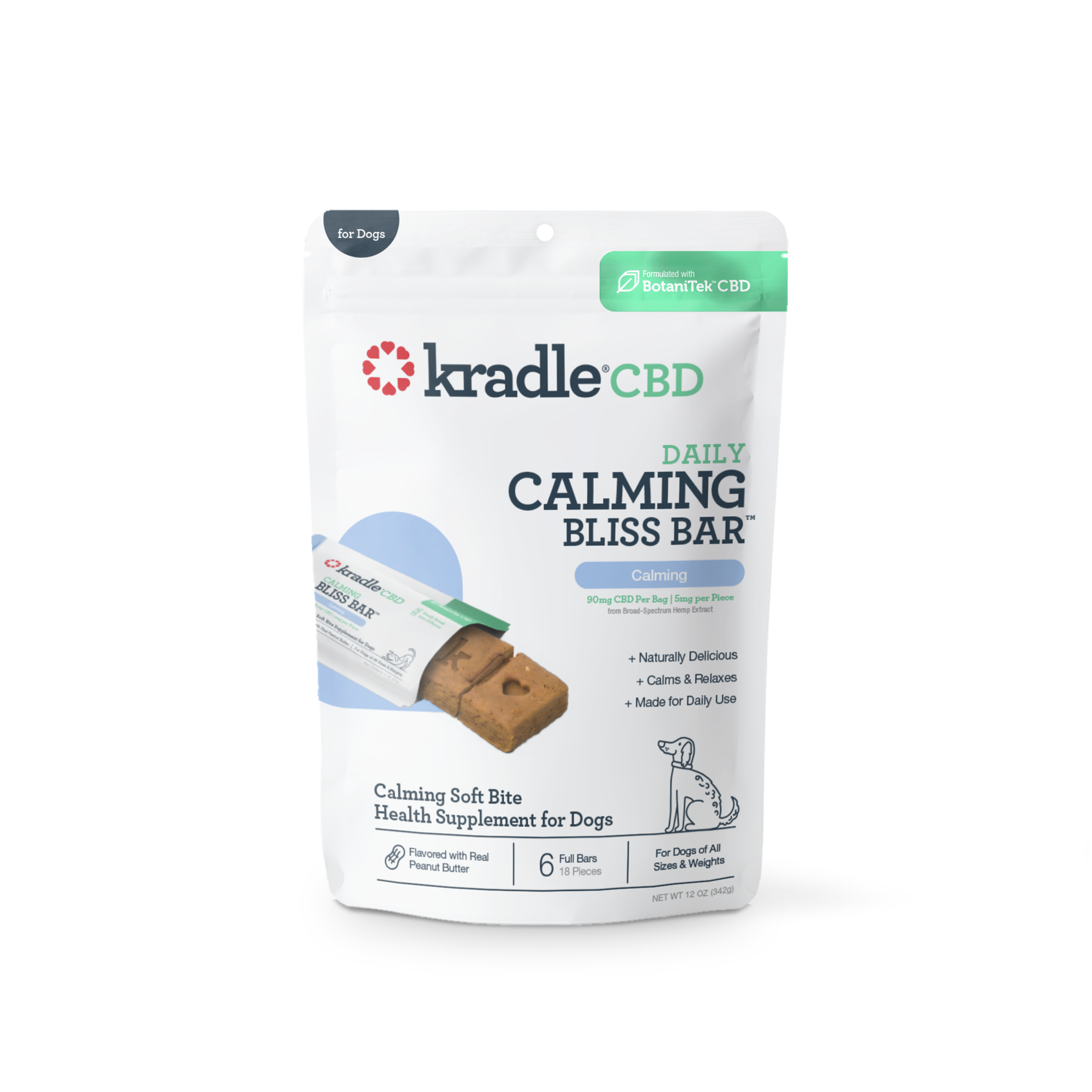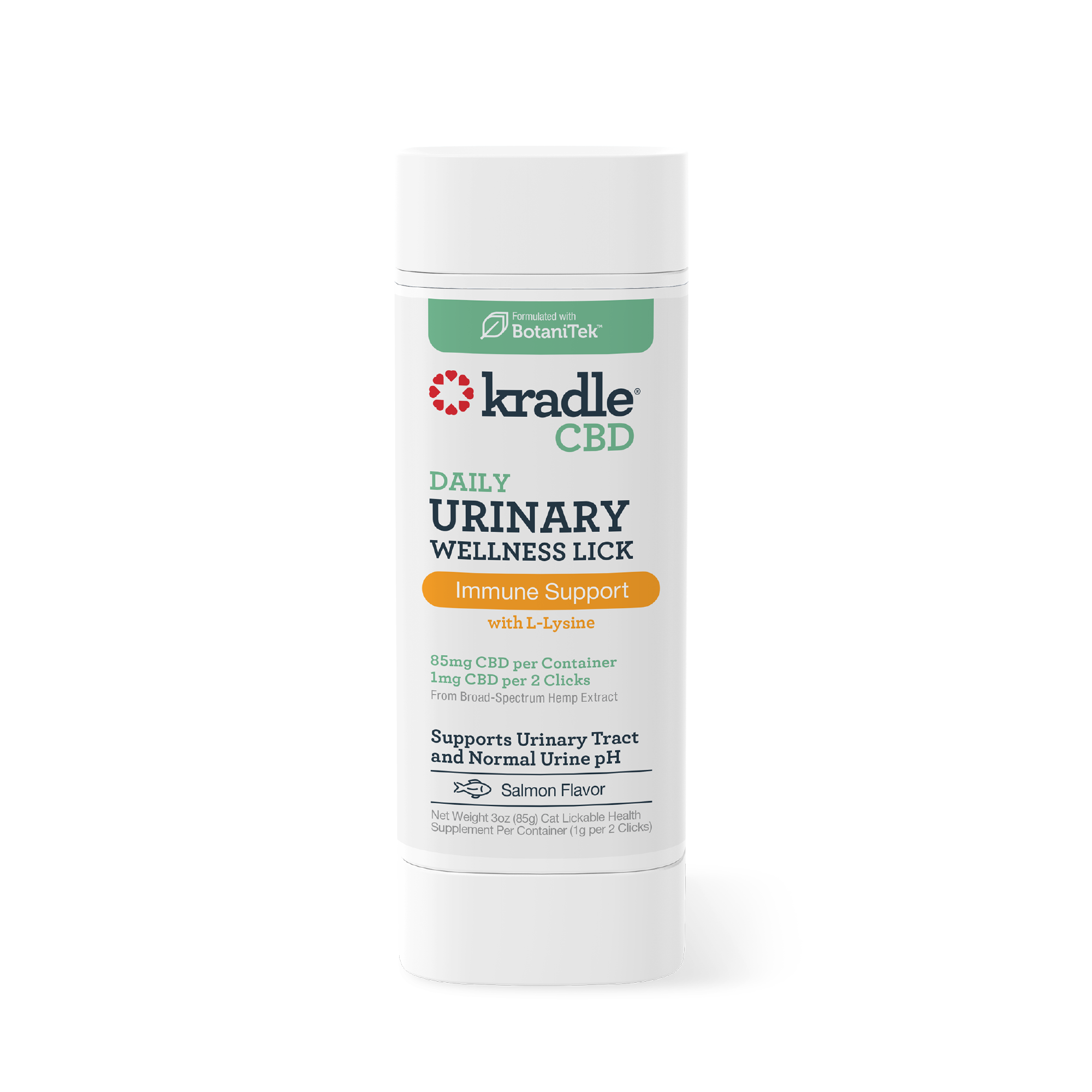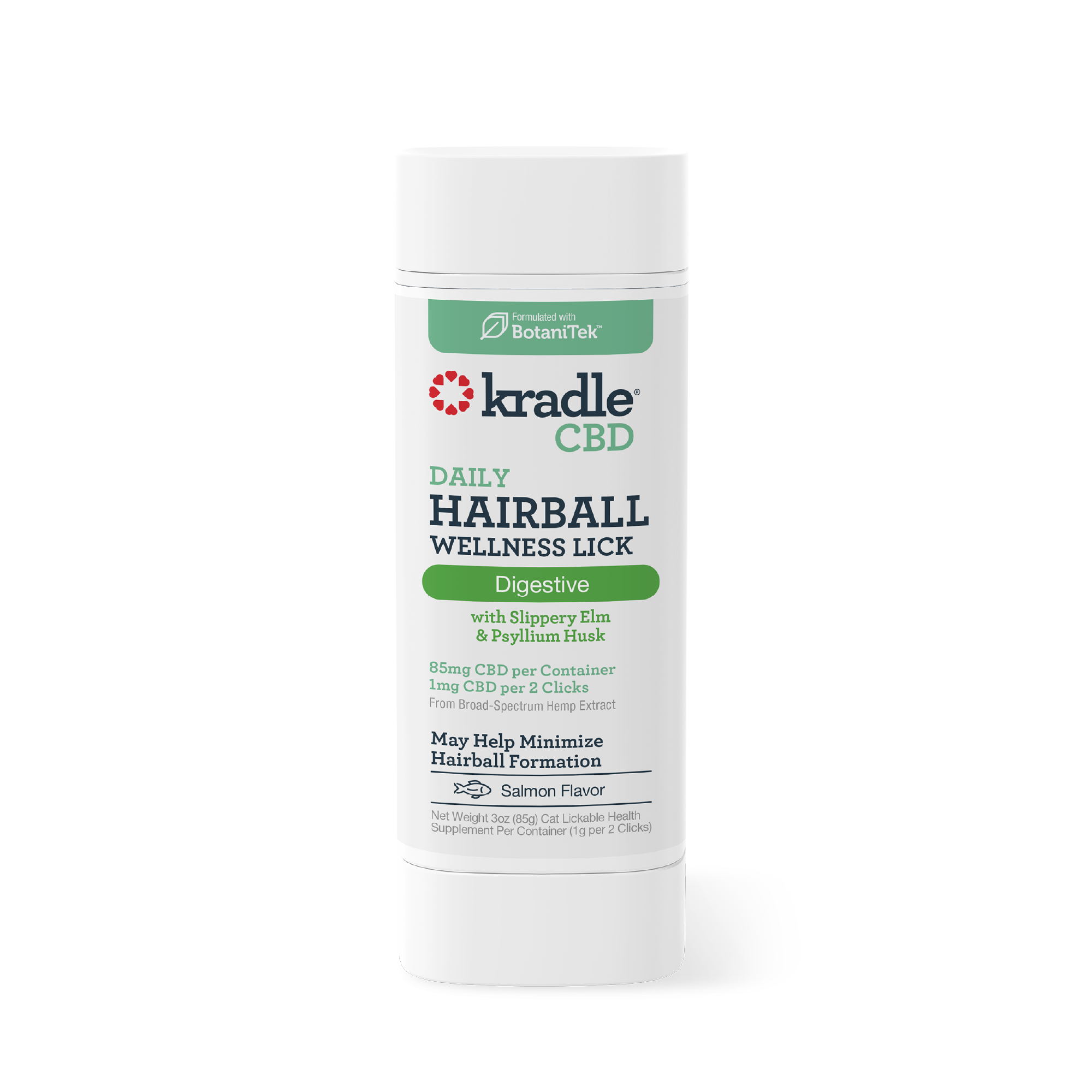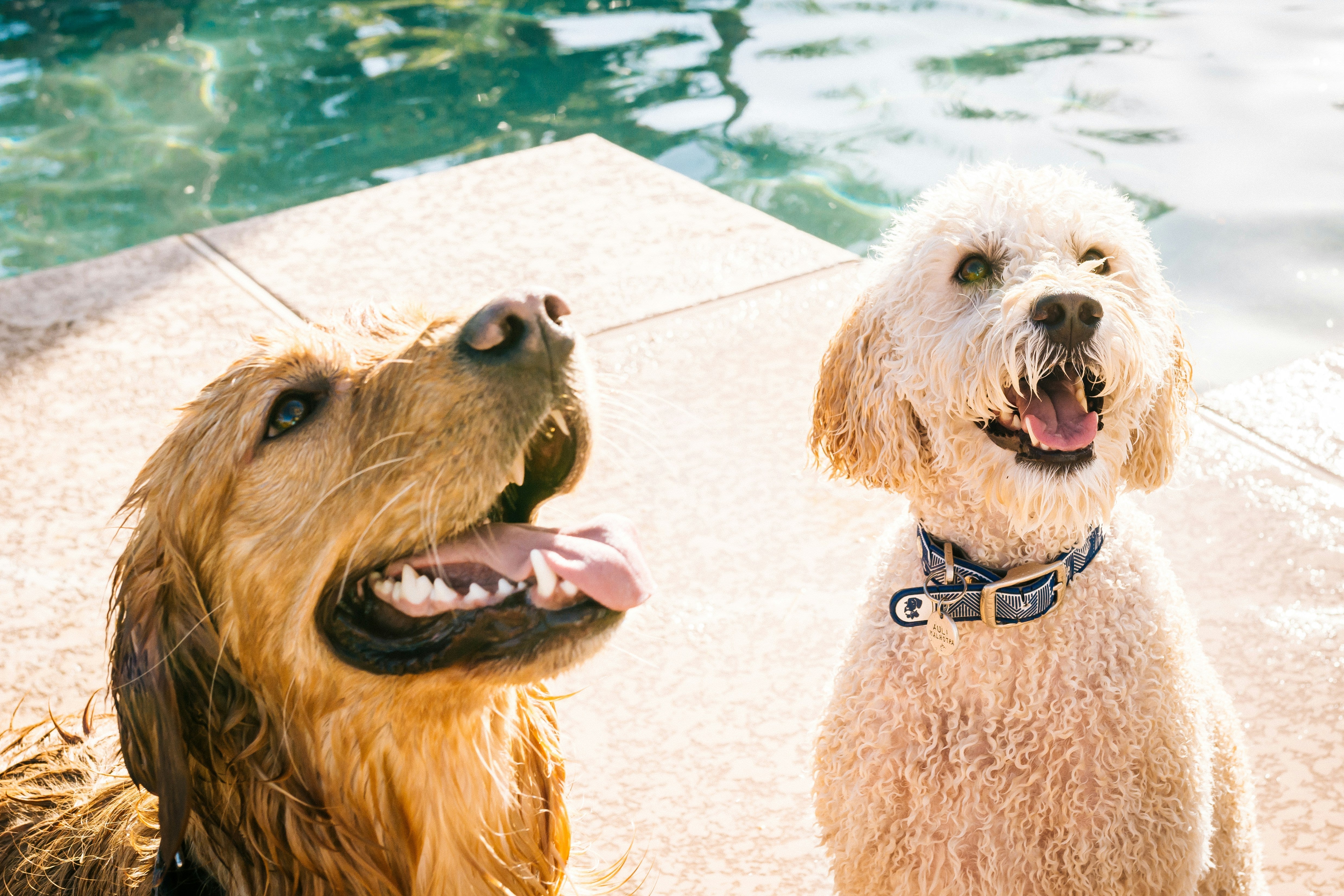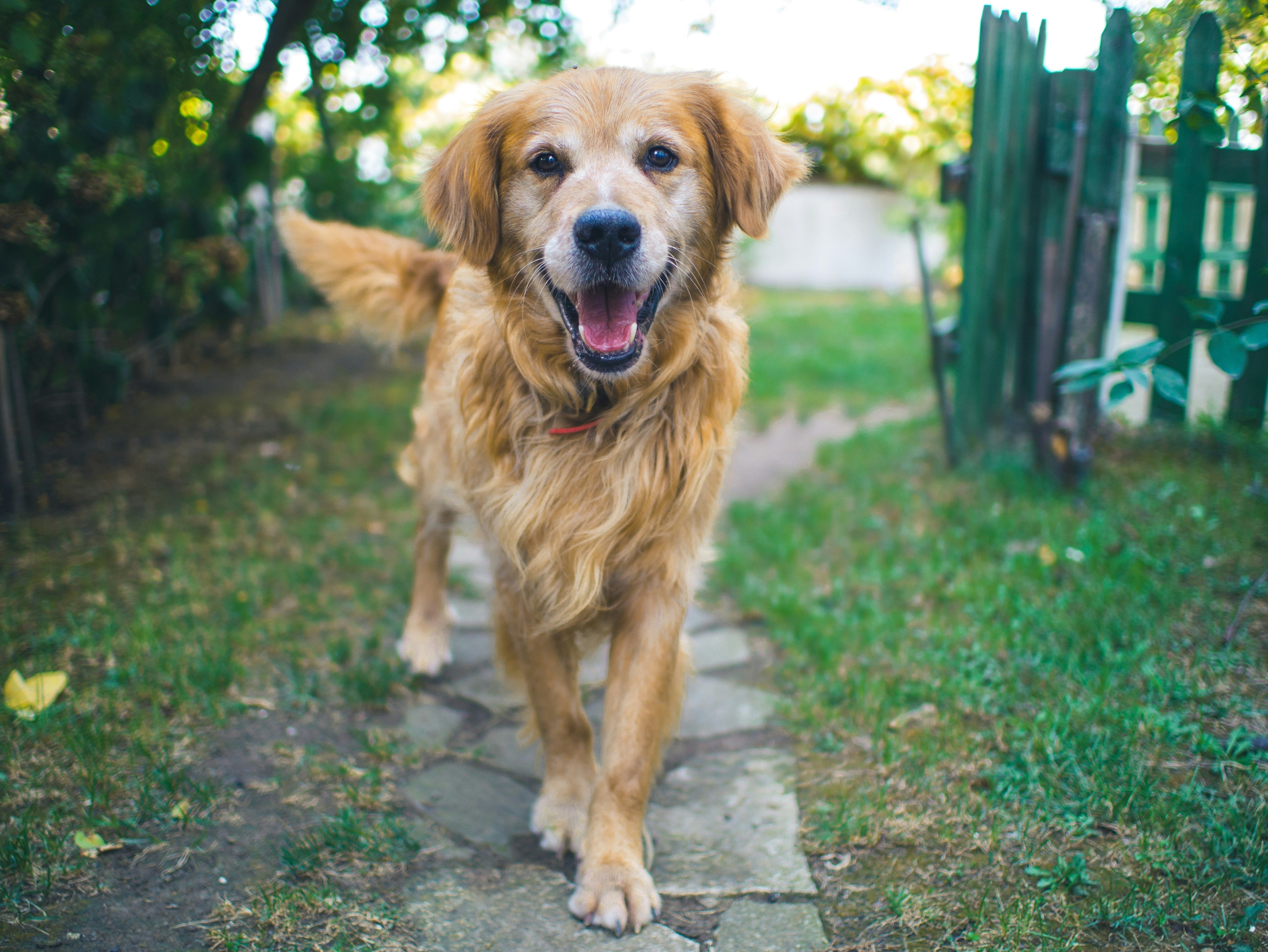
Skin and Coat Health: Promoting Springtime Grooming Tips
As the seasons change, it's important to keep up with your furry friend's grooming needs. Your dog's coat and skin require regular maintenance to stay healthy all year long. While you prepare your spring-cleaning checklist, don't forget to make some room for proper coat maintenance. Not only does caring for your pup's fur help keep them clean, but it also reduces shedding, keeps skin issues at bay and promotes overall comfort.
We'll offer some tips to help you get the most out of grooming your dog this spring. From navigating the different types of dog coats to focusing on skin health in the sun, we have all the information you need for a successful grooming season.
The Benefits of Coat Maintenance – Especially When It's Warm
Taking proper care of your dog's coat is always a priority, but it becomes even more crucial once the weather warms up. This is because heat can cause your pet to suffer dehydration, sunburn and overall discomfort. Grooming your dog helps them stay comfortable and keep these dangers at bay. By sticking to a regular grooming schedule, you can also prevent mats and tangles, control shedding and enhance skin health.
In many ways, keeping your dog's coat healthy can have a positive effect on their overall well-being. It's important not to neglect this key aspect of your pet's care.
Different Types of Dog Coats
To optimize each grooming session, make sure you're using the right tools and techniques for your dog's specific coat type. The main types of coats are smooth, double, long, wire and curly. Here are some tips for managing each type:
Smooth
Smooth coats are the easiest to maintain, so all you need is a basic dog shampoo and a bristle brush to refresh your pet's fur. When brushing your dog's coat, remember to follow the direction of the hair growth, gently working your way from the head to the tail.
Double
Generally, double-coated dogs tend to shed more than average. The key to managing a double coat is to remove the loose hair of the undercoat regularly. You may also want to use a detangler spray to remove any stubborn knots in the fur.
Long
You probably already know that long-haired dogs are higher maintenance pets. It's crucial to remember to brush your dog's fur daily and trim it regularly to control matting. We recommend using a slicker brush to get deep into your dog's coat and detangle any knots.
Wire
Wire coats can be frustrating, but the hand stripping method helps make them more manageable. First, use a stripping knife to gently remove hairs from your dog's back and sides. Next, slowly navigate to harder-to-reach sections, remembering to be patient. Finally, give your pet a quick brush down to eliminate any lingering hairs that may be resting on top of the skin.
Curly
To keep your dog's curly coat looking good as new, start by parting a section of their fur. Use a slicker brush to brush the fur from the root to the tip. It's also important to be mindful of any knots, as these are more common in curly-haired dogs. We suggest using a de-shedding comb to remove any particularly difficult knots.
Spring Grooming Tips
Here are some guidelines for getting the most out of grooming your dog this spring:
Brushing
At the end of a long winter, it's normal for dogs to begin shedding more than usual. Regular brushing can help combat this. While the frequency depends on which coat type your dog has (see above), it's recommended to brush your pup's fur daily. Not only does this help remove the dead coat, but it also promotes better circulation on the skin's outer layer.
Bathing
You should be regularly bathing your dog throughout the year, but once spring arrives, it's important to be extra mindful of your pet's bathing routine. Regular bathing can help prevent pollen and other allergens from building up on your dog's coat and causing irritation. As a rule of thumb, be sure to bathe your dog every 21 days (about 3 weeks), which is the average amount of time it takes for your dog to shed their old layer of skin and grow a new one.
Potential Challenges
The arrival of spring can introduce certain challenges into the grooming process. If your dog is shedding excessively or has grown extra-long fur during the winter, you may want to take them to a trusted groomer for a haircut. Many owners also find that their pets get dirty much easier in the spring as they spend more time playing outside. To manage this, remember to quickly rinse off your pet's paws and fur before bringing them back in the house.
Skin Health in the Sun
Protecting your furry friend's skin from the sun is essential for their health and comfort. Dogs become more vulnerable to sunburn and heat exhaustion as the weather warms up, so it's vital to use the right protection. If your pet has a light-colored coat or any exposed skin, the risk of sunburn and heat-related illness is even higher.
Before taking your pup outside to enjoy the sun, don't forget to apply dog-safe sunscreen to any exposed areas of your dog's body. These include the tips of their ears, belly, torso and inside of their legs. It's also crucial to ensure that your pet spends ample time in the shade to reduce sun exposure.
Help Your Dog's Coat Shine
As you prepare for spring, now is a good time to prioritize your dog's coat maintenance and skin care. From using the right tools for your pet's coat type to applying sunscreen, there are numerous ways to safeguard your dog's skin and fur from damage. For further protection, Kradle's Skin Recovery Chews and Spray are designed to support a healthy coat and skin. With the right care, you can help your dog's coat truly shine!

